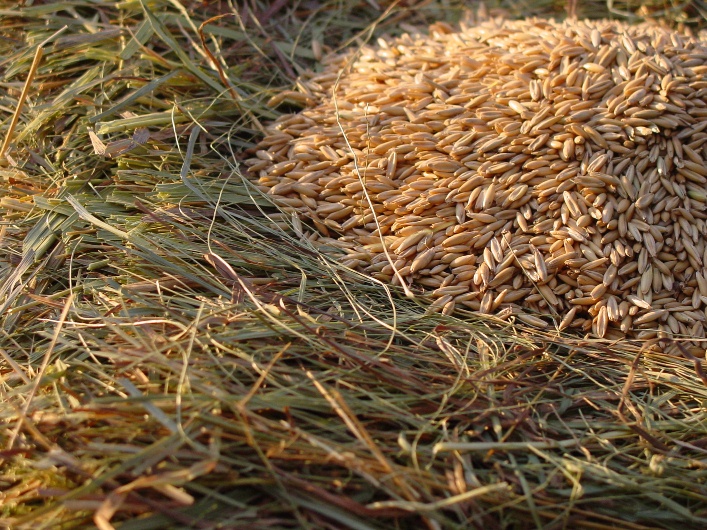Calcium and Phosphorus Levels in Horse Diets

The importance of calcium and phosphorus in a horse’s diet cannot be overstated, as these minerals play crucial roles in maintaining optimal health and strong bones. Today’s blog touches on the sources of calcium and phosphorus in a horse’s diet and how to achieve the right balance.
Calcium and Phosphorus In Hay
As always, first examine your hay source. Legumes are better sources of calcium than are the grass hays, but neither legumes nor grass hays are very good sources of phosphorus. Legumes tend to have a significantly higher Ca:P ratio, with many coming in at around 6:1. Grass hays, however will have a Ca:P ratio that is about 1:1 and often are even shown to be slightly lower in calcium than phosphorus. The best way to know what is in your hay is to have it tested. Check with your local Extension Office for places to get your feed tested.
Calcium and Phosphorus In Grain
Next, take a look at your grain source. For cereal grains (oats, corn, etc.) the reverse is true in terms of calcium and phosphorus relative to roughages. The cereal grains are poor sources of calcium, but are moderate sources of phosphorus. Oil seed meals, by-product feedstuffs from the distilling and brewing industry, and protein concentrates are often low to moderate in calcium but are excellent sources of phosphorus. Commercially available feeds should have levels and ratios in balance, but don’t forget to check any supplements you are using. If you are feeding a straight grain, such as oats, or if you are using feed from local grain elevator, which do not always guarantee calcium and phosphorus levels, it is a good idea to have your grain tested along with your hay.
It is easy to see where a horse on a grass hay and oats diet – still one of the most common equine diets in use – could suddenly be suffering from an calcium and/or phosphorus deficiency. Sadly, a deficiency of either of these two minerals is not something that will show up quickly in a manner that is visible to the horse owner. Years of this imbalanced diet will lead to demineralization and weakening of the bone structure, which can result in increased susceptibility to lameness and injuries.
